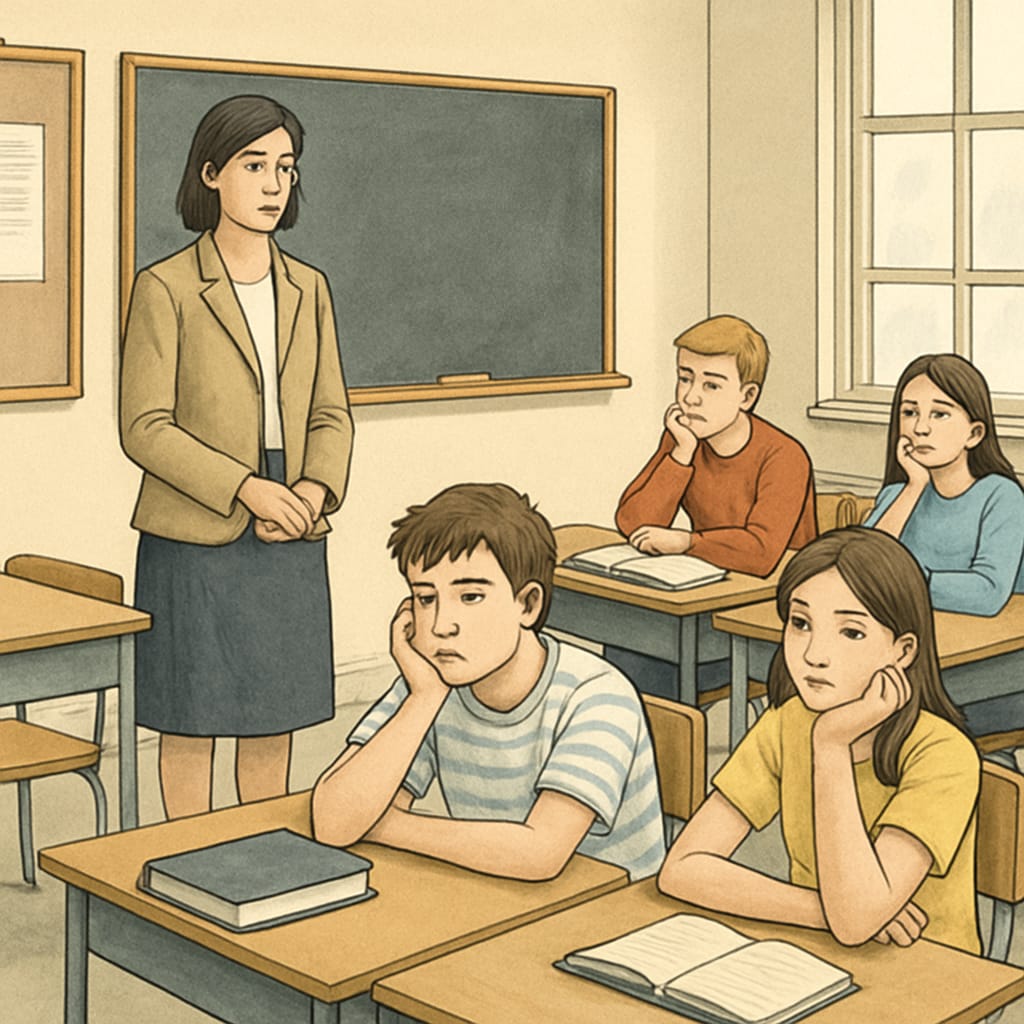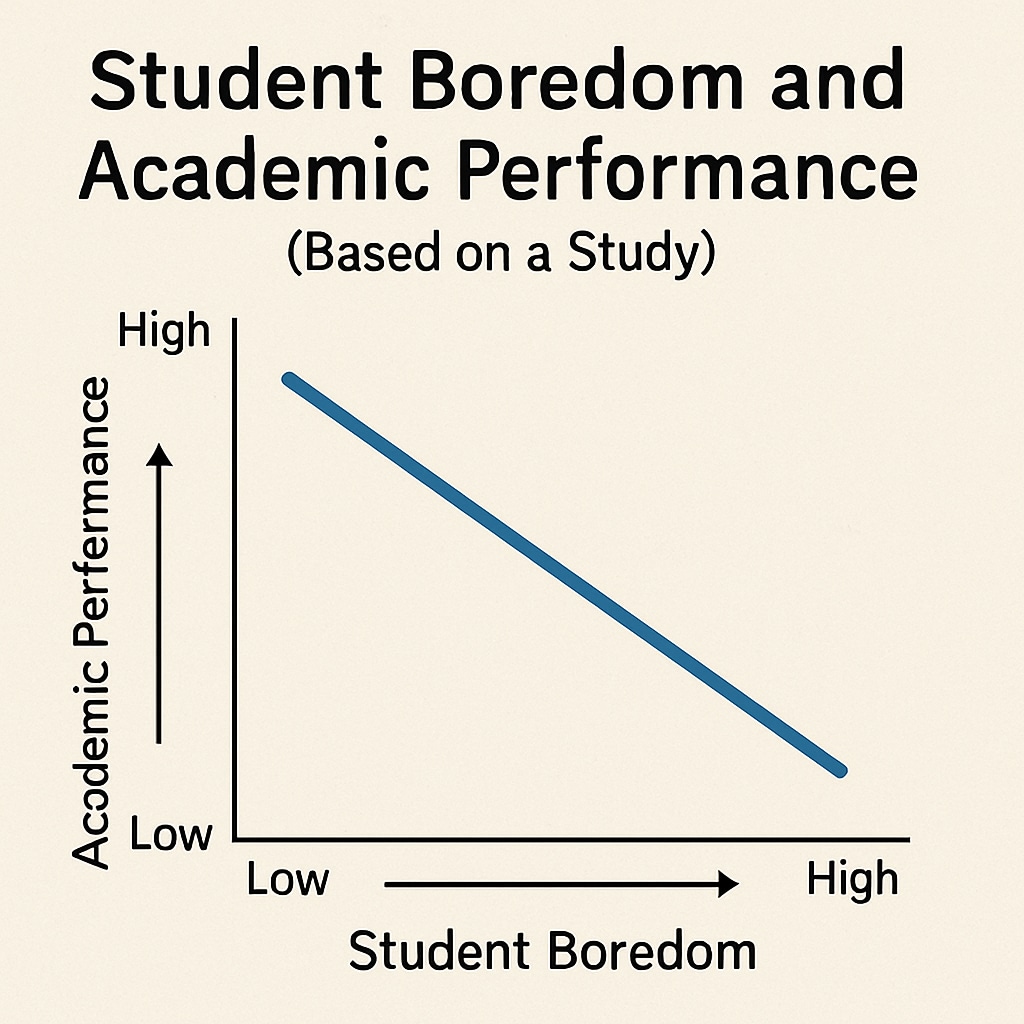Global education research has uncovered a pervasive issue: student boredom. From developed nations to emerging economies, a significant number of students report feeling disengaged in the classroom. This widespread phenomenon poses a critical challenge to education systems and raises questions about how classrooms can better cater to diverse learning needs. In this article, we will explore the root causes of student boredom, its consequences, and actionable strategies for fostering more engaging learning environments.
Understanding the Roots of Student Boredom
One of the most common reasons behind student boredom is the lack of connection between the curriculum and students’ real-world experiences. Many students struggle to see the relevance of classroom material, leading to disengagement. For example, rote memorization and lecture-heavy teaching methods often fail to captivate students’ interest. Additionally, a “one-size-fits-all” approach to teaching overlooks individual learning styles and preferences.
Furthermore, technological distractions outside the classroom have heightened the challenge. With constant access to smartphones, social media, and gaming, traditional teaching methods are increasingly competing with highly stimulating digital content. As a result, many students find it challenging to stay focused during lessons.

Consequences of Boredom in the Classroom
The impact of student boredom extends beyond the classroom walls. Studies have shown that disengaged students are more likely to experience academic underachievement, higher dropout rates, and lower levels of self-confidence. For example, a report by Britannica highlights that prolonged boredom can lead to decreased motivation and a lack of interest in lifelong learning.
Boredom also has social and emotional consequences. Students who feel disconnected from their education may experience increased levels of stress and anxiety. Over time, this can erode their overall well-being and hinder their ability to form meaningful relationships with peers and educators.

Strategies for Combating Student Boredom
Addressing student boredom requires systemic changes and innovative approaches. Here are some strategies that educators and policymakers can consider:
- Adopt Student-Centered Learning: Allow students to take an active role in their learning process. Project-based learning and inquiry-based methods can help students feel more engaged and connected to the material.
- Integrate Technology: Use educational technology tools to create interactive and dynamic lessons. Gamified learning platforms, for instance, can make studying more enjoyable and rewarding.
- Differentiate Instruction: Tailor teaching methods to accommodate diverse learning styles. This could include incorporating visual aids, hands-on activities, and group discussions.
- Foster Real-World Connections: Relate lessons to real-world scenarios to make them more relevant. For example, teaching math through financial literacy or science through environmental conservation projects.
- Provide Teacher Training: Equip educators with the skills and tools needed to create engaging classroom environments. Professional development programs can play a vital role in this transformation.
In addition, fostering open communication between students and teachers is essential. Encouraging students to share feedback about their classroom experience can help educators identify and address specific areas of concern.
Looking Ahead: Reimagining Education
Student boredom is more than just a classroom nuisance; it is a symptom of a deeper issue within education systems worldwide. By addressing the root causes and implementing innovative solutions, educators and policymakers can create learning environments that inspire curiosity and foster lifelong learning.
As technology and societal needs evolve, so too must our approach to education. By prioritizing engagement, relevance, and adaptability, we can ensure that students not only succeed academically but also develop the skills and passion needed to thrive in the modern world.
Readability guidance: This article uses short paragraphs, frequent transitions, and clear lists to enhance readability. It maintains an active voice and avoids jargon to ensure accessibility for a broad audience.


